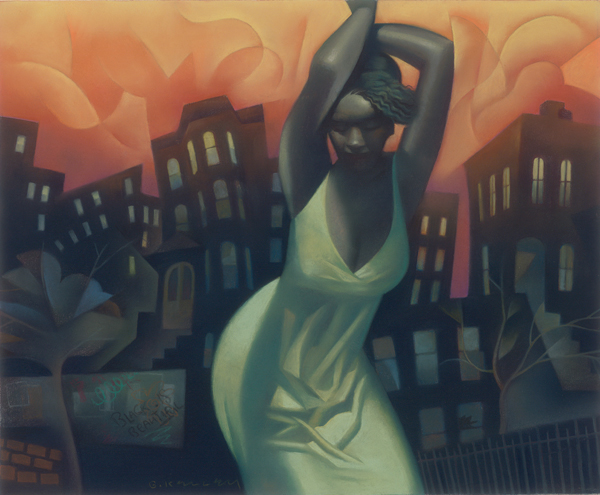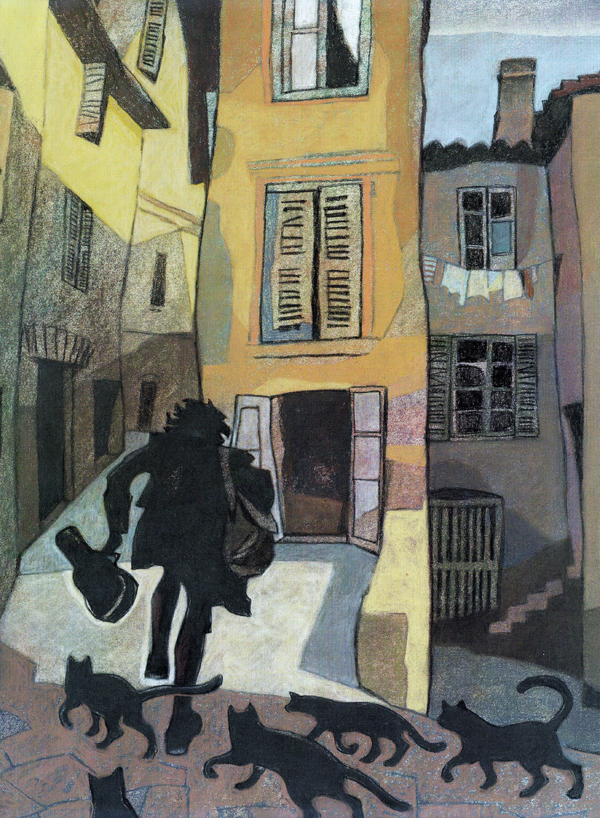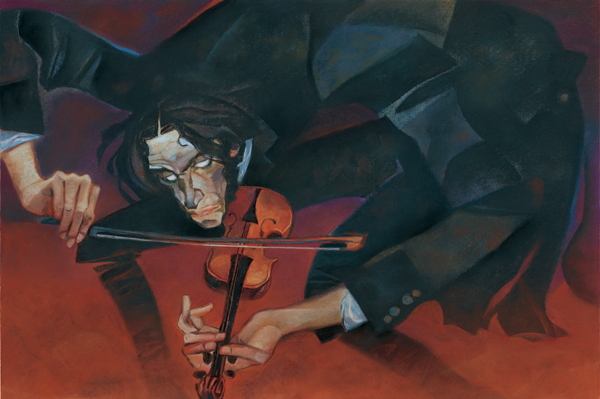This class was an interesting journey. I was able to try a few new mediums and re-familiarize myself with oil painting, so in the end I'm glad I was able to complete my basic goals. Though I don't think my assignments resulted in any masterpieces for my portfolio, I do think I started a few ideas that I would like to explore some more (the Kindle ads for example endeared me to the jellyfish backpack idea and also the "human" side of technology use). More importantly it was a good preview of what advertising illustration might entail; I can't say it's something I'd jump at the chance to do again, though that's mostly because I don't feel illustration has a sensible place in corporate advertising any more. The struggle to find good ideas that couldn't be replicated by photography meant I had to go the cheesy route most of the time (and while I can happily be a cheesy person, feeling exclusively limited to being that way discouraged proper creativity). It might be fun once in a while, but not to this extent!
As for technical growth, it was good to hear others voice my issue with creating contrasting values; I definitely need to correct that in my digital work as well. Besides that I found some rewarding aspects in my color explorations, which didn't feel far from what I would do with a computer. I learned better combinations of liquin, gesso and paint and ran into little trouble finding the colors I wanted. With my struggles creating detail on small surfaces, though I wasn't super successful in being clean and clear on them, I found it more efficient to move on to different concepts quickly without having to get a giant canvas covered in paint (especially important for someone like me who likes to focus on one piece at a time until it becomes boring).
Ultimately while I think I could have worked harder, made better work, and explored ideas closer to my heart, that would have required a different starting point for this semester. An experience like this is also conducive to learning, and I can't say it wasn't worth going through!
.jpg)
.jpg)









